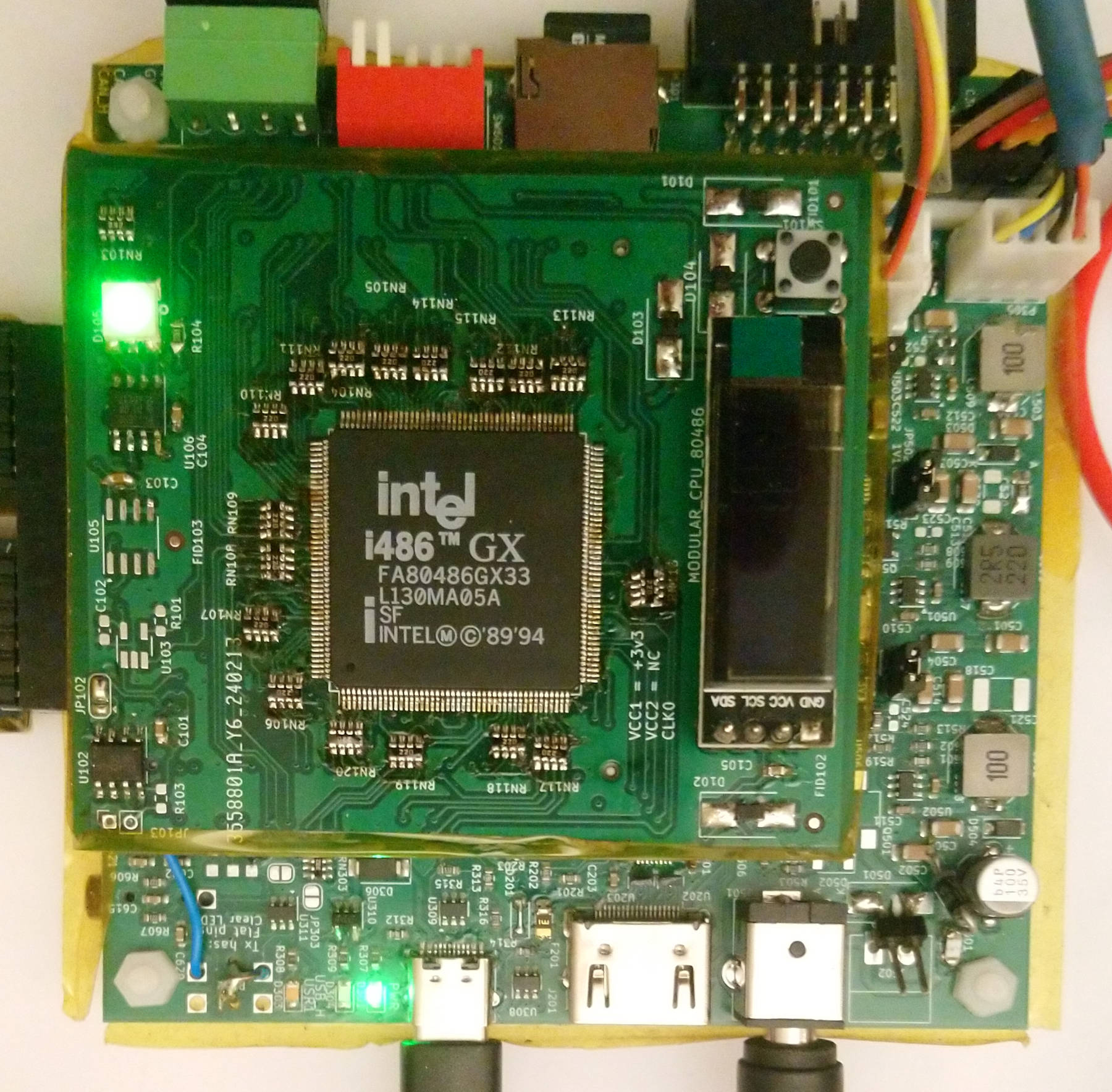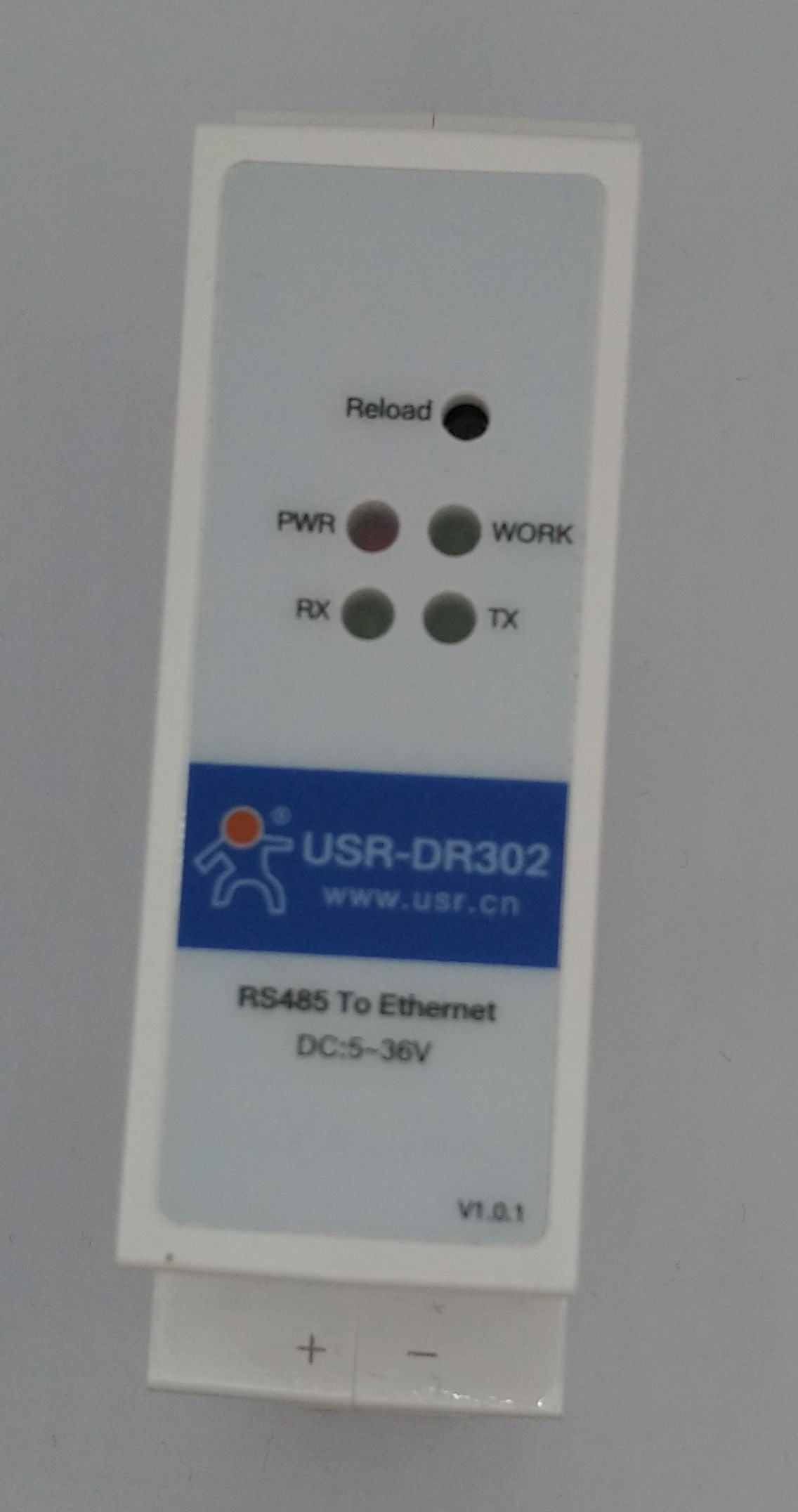A long time ago, I built some projects using the (then) Dallas Semiconductor 1-Wire interface.
Although this isn't an interface I generally use much today, I thought it'd be fun to build a USB to 1-Wire interface.
However, when I started designing it, I realised that I could add a …

